What Do Jesus Statues Symbolize?
- jesus
- statues
- symbolize
- christ
- life
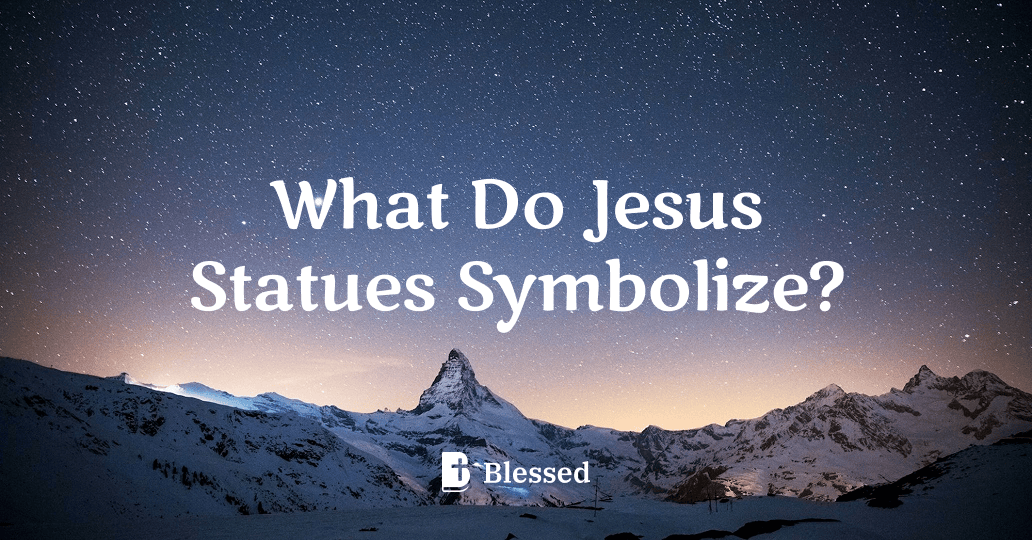
What Do Jesus Statues Symbolize?
Jesus statues are powerful symbols in Christian art and culture. They serve as visual reminders of Jesus Christ's life, teachings, and sacrifice. These statues can be found in churches, homes, gardens, and public spaces, each carrying deep spiritual significance.
Representation of Jesus’ Life and Teachings
Jesus statues often depict key moments from His life, such as His birth, crucifixion, resurrection, or acts of compassion. They symbolize His role as a teacher, healer, and savior, reminding believers of His message of love, forgiveness, and hope.
Symbol of Faith and Devotion
For many Christians, a statue of Jesus serves as a tangible expression of their faith. It acts as an aid to prayer and meditation, helping individuals feel closer to God. The presence of a statue can inspire trust, comfort, and spiritual strength.
Common Themes in Jesus Statues
- Sacred Heart: Represents Jesus’ divine love and compassion for humanity.
- Christ the Redeemer: Symbolizes salvation and Jesus’ sacrifice for mankind’s sins.
- The Good Shepherd: Depicts Jesus as a protector guiding His followers.
Conclusion
In summary, Jesus statues symbolize faith, hope, and the enduring spiritual presence of Christ. They remind believers of His teachings and offer comfort in times of need. These statues are more than artwork; they are meaningful icons of devotion and inspiration.
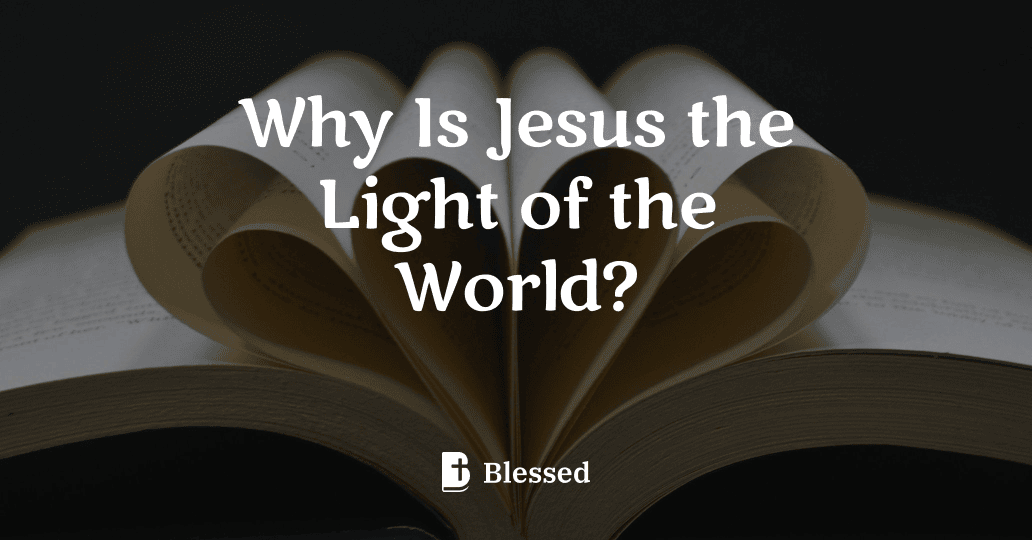
Why Is Jesus the Light of the World?
Why Is Jesus the Light of the World? Understanding the Symbolism of Light Light has always symbolized purity, guidance, and truth across cultures. In the Christian faith, light represents God's presence and the path to salvation. Jesus being called the "Light of the World" means He embodies these qualities and brings spiritual illumination to humanity. The Biblical Basis In the Bible, Jesus declares Himself as the light in John 8:12: "I am the light of the world. Whoever follows me will never walk in darkness, but will have the light of life." This highlights His role in dispelling spiritual darkness caused by sin and ignorance. Light as Guidance Jesus provides moral and spiritual guidance, leading believers toward truth and righteousness. Just as light helps us see clearly, Jesus helps us understand God's will and live accordingly. Light as Salvation Jesus' light symbolizes salvation, offering hope and eternal life. Through His teachings and sacrifice, believers are brought out of darkness into God's grace. The Impact of Jesus as the Light Illuminates truth: Reveals God's love and plan for humanity. Dispels darkness: Overcomes sin and spiritual blindness. Offers hope: Guides believers through life’s challenges. Encourages transformation: Inspires moral and spiritual growth. In summary, Jesus as the Light of the World is a powerful metaphor for His role in guiding, saving, and transforming lives through divine truth and love.
Blessed App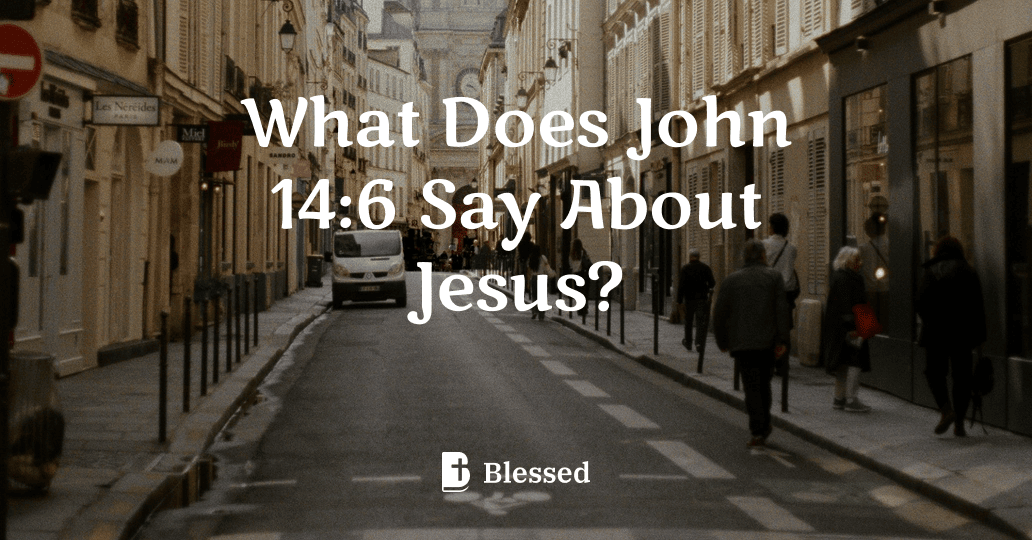
What Does John 14:6 Say About Jesus?
What Does John 14:6 Say About Jesus? The Verse Explained John 14:6 is one of the most well-known verses in the Bible, where Jesus declares, "I am the way, the truth, and the life. No one comes to the Father except through me." This statement highlights several key truths about Jesus and His role in Christian faith. Jesus as the Way By saying He is "the way," Jesus emphasizes that He is the path to God the Father. This means that salvation and a relationship with God are only possible through Jesus. He is the exclusive route to eternal life and spiritual connection. Jesus as the Truth Calling Himself "the truth" shows that Jesus is the ultimate reality and source of divine truth. He embodies God's revelation and the principles by which believers should live. His teachings are trustworthy and authoritative. Jesus as the Life When Jesus says He is "the life," He means that through Him, believers receive eternal life. This life is both a present spiritual experience and a future promise of resurrection and everlasting communion with God. Exclusive Access to the Father The final part of the verse, "No one comes to the Father except through me," underlines the exclusivity of Jesus as the mediator between humanity and God. It asserts that faith in Jesus is essential for salvation. Summary Jesus is the only way to God. He represents the ultimate truth. He is the source of eternal life. Faith in Jesus is necessary to reach the Father. John 14:6 powerfully communicates the central Christian belief that Jesus is essential for salvation and a true relationship with God.
Blessed App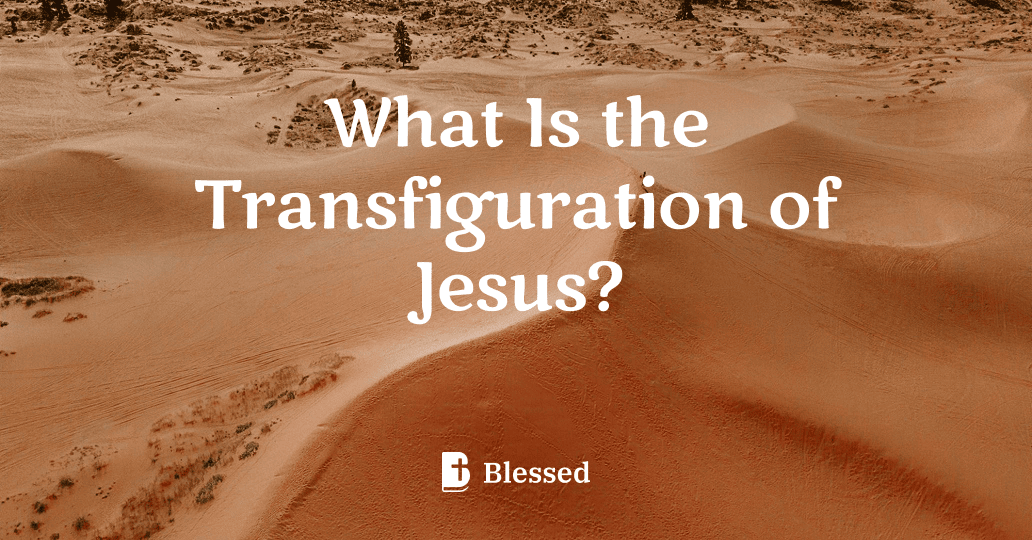
What Is the Transfiguration of Jesus?
What Is the Transfiguration of Jesus? The Transfiguration of Jesus is a significant event in the New Testament where Jesus is transformed and becomes radiant upon a mountain. This moment reveals His divine glory to three of His disciples, offering a glimpse of His true nature as the Son of God. Key Details of the Transfiguration The event is described in the Gospels of Matthew, Mark, and Luke. Jesus takes Peter, James, and John up a high mountain. There, His appearance changes dramatically: His face shines like the sun. His clothes become dazzling white. Moses and Elijah appear and talk with Him. Significance of the Transfiguration This event serves several important purposes: Divine Confirmation: God's voice from a cloud declares Jesus as His beloved Son, confirming His divine identity. Foreshadowing: It anticipates Jesus' resurrection and future glory. Strengthening Faith: It encourages the disciples to remain faithful amidst upcoming challenges. Conclusion The Transfiguration of Jesus is a powerful revelation of His divine nature. It bridges the Old Testament figures, Moses and Elijah, with Jesus’ mission, highlighting His fulfillment of the Law and the Prophets. This moment remains a cornerstone for Christian faith, symbolizing hope and divine presence.
Blessed App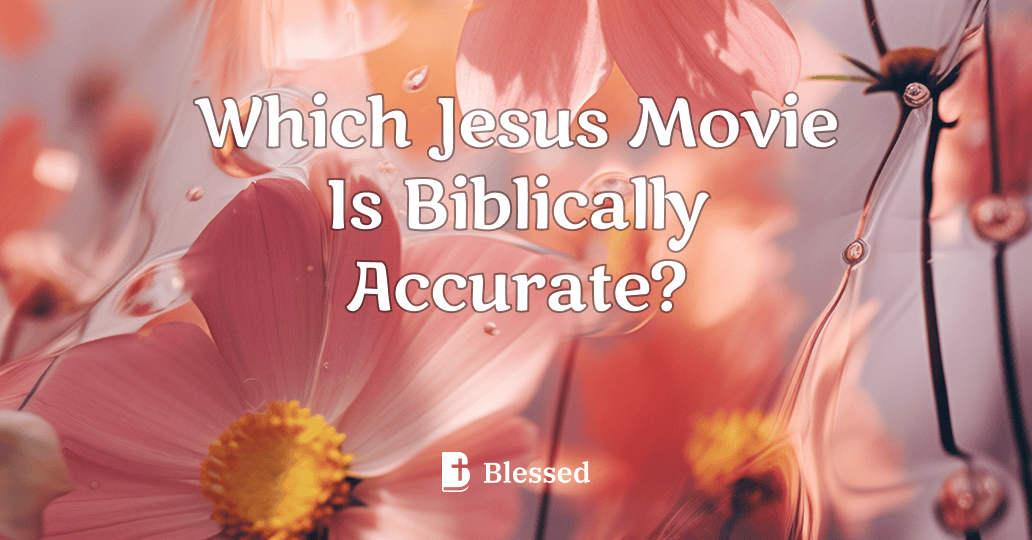
Which Jesus Movie Is Biblically Accurate?
Which Jesus Movie Is Biblically Accurate? Several films strive for fidelity to the Gospels, but two stand out: The Gospel of John (2003) Word‑for‑Word: Adapts the entire Gospel text verbatim. Strong Casting: Henry Ian Cusick as Jesus; minimal artistic license. The Passion of the Christ (2004) Focus: Violence of Christ’s final hours, based on the Gospels and early devotionals. Languages: Aramaic, Latin, and Hebrew add historic texture. For comprehensive Gospel narrative accuracy, The Gospel of John is unrivaled. For immersive portrayal of the crucifixion, The Passion of the Christ offers impactful detail.
Blessed App